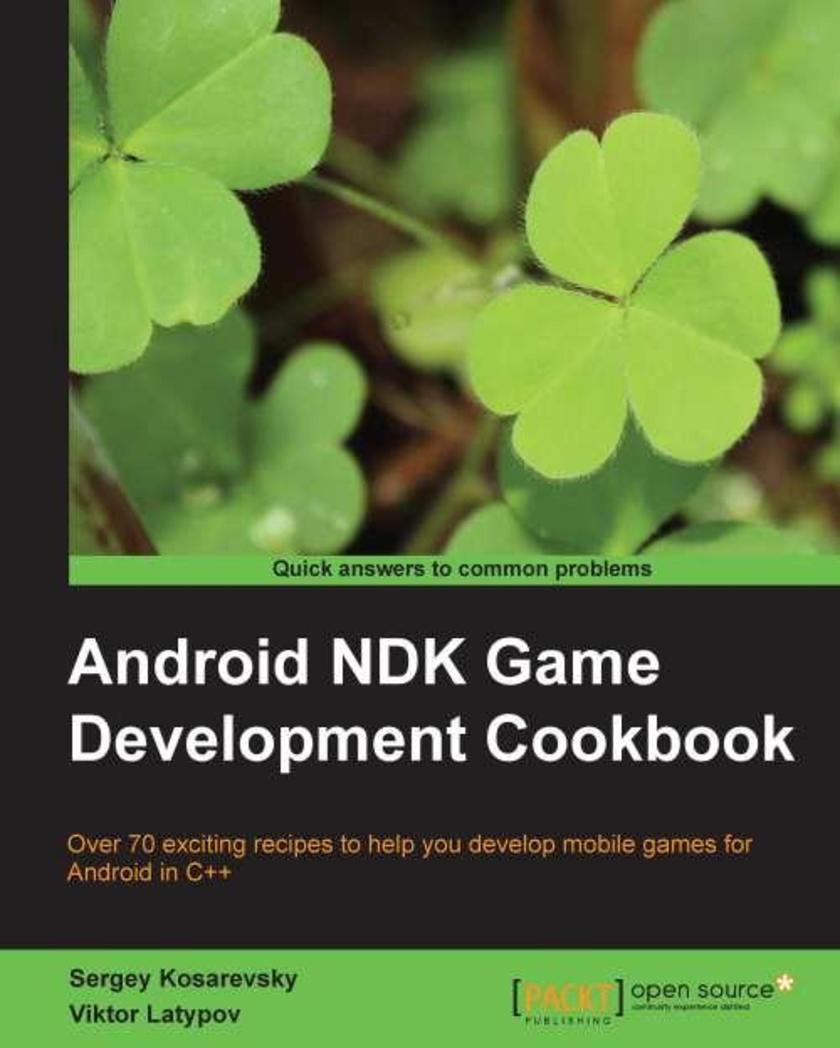
Android NDK Game Development Cookbook
¥90.46
A systematic guide consisting of over 70 recipes which focus on helping you build portable mobile games and aims to enhance your game development skills with clear instructions.If you are a C++ developer who wants to jump into the world of Android game development and who wants to use the power of existing C++ libraries in your existing Android Java applications, then this book is for you. You need to have basic knowledge of C or C++ including pointer manipulation, multithreading, and object-oriented programming concepts as well as some experience developing applications without using an IDE.
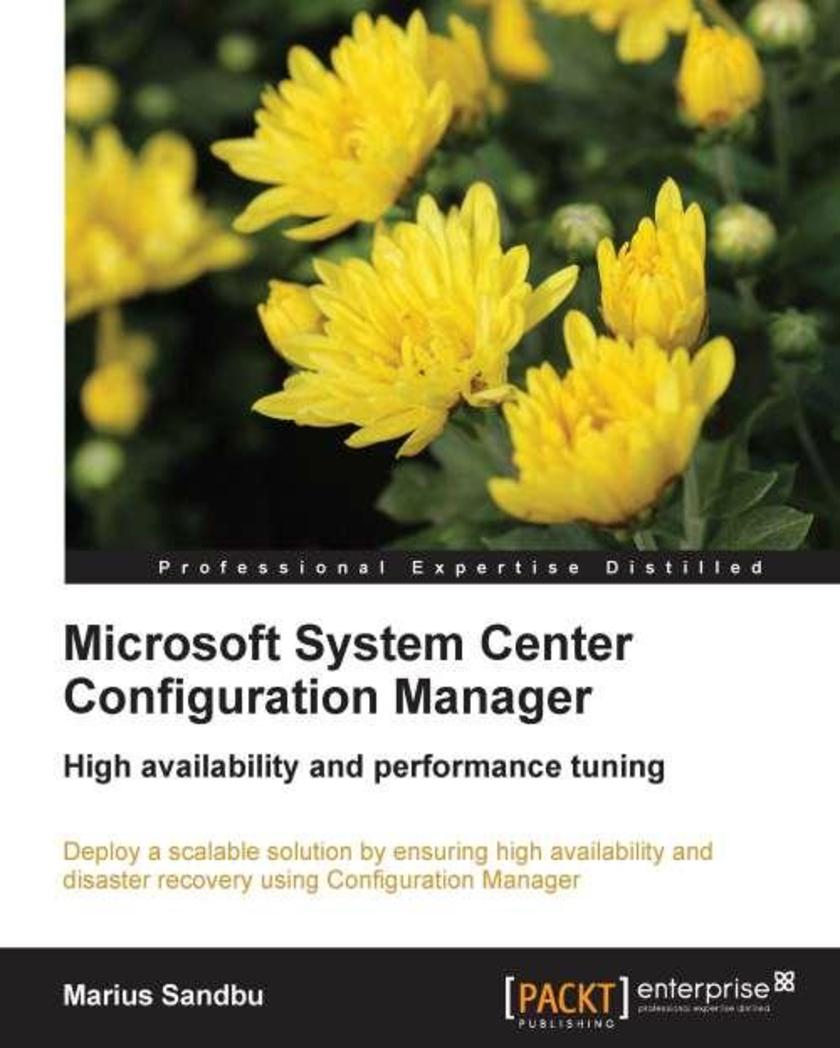
Microsoft SCCM High Availability and Performance Tuning
¥71.93
This book is a step-by-step tutorial that guides you through the key steps in implementing best solutions for high availability and performance tuning. It is split into two distinct approaches: client and site side HA and optimization.Microsoft SCCM High Availability and Performance Tuning is for IT professionals and consultants working with Configuration Manager who wish to learn the skills to deploy a redundant and scalable solution.
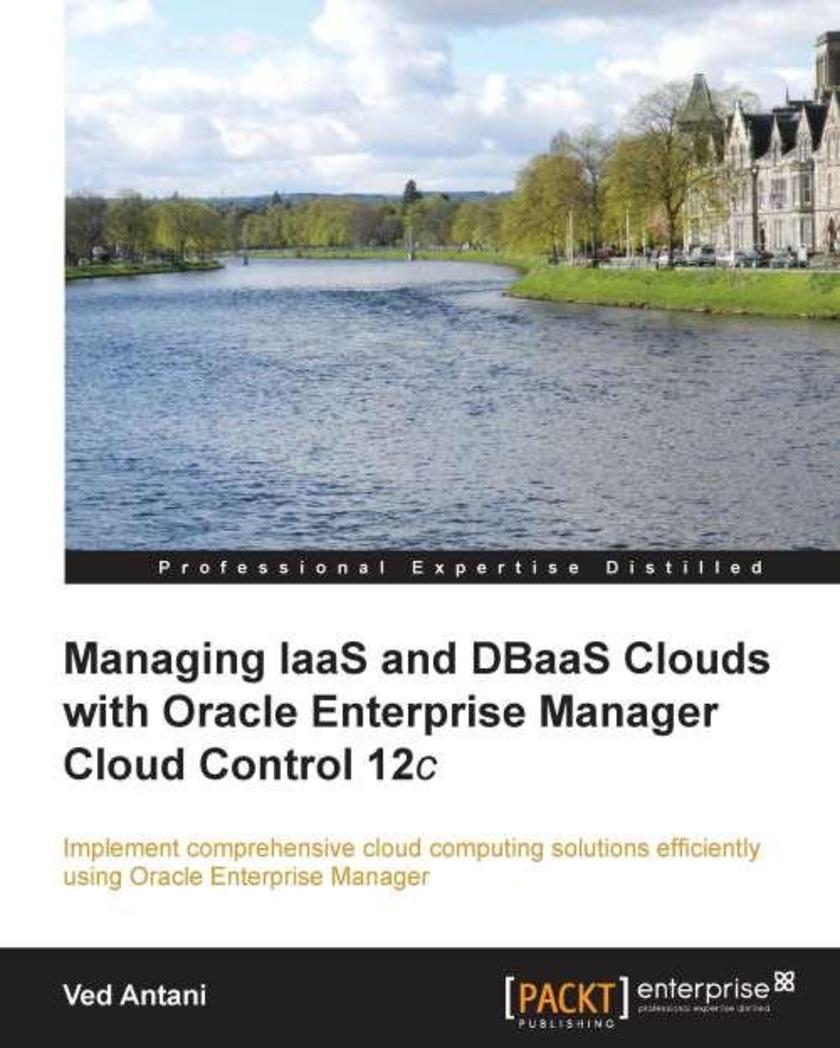
Managing IaaS and DBaaS Clouds with Oracle Enterprise Manager Cloud Control 12c
¥63.21
This book is a step-by-step tutorial filled with practical examples which will show readers how to configure and manage IaaS and DBaaS with Oracle Enterprise Manager.If you are a cloud administrator or a user of self-service provisioning systems offered by Enterprise Manager, this book is ideal for you. It will also help administrators who want to understand the chargeback mechanism offered by Enterprise Manager.An understanding of the basic building blocks of cloud computing such as networking, virtualization, storage, and so on, is needed by those of you interested in this book

Hadoop Cluster Deployment
¥63.21
This book is a step-by-step tutorial filled with practical examples which will show you how to build and manage a Hadoop cluster along with its intricacies.This book is ideal for database administrators, data engineers, and system administrators, and it will act as an invaluable reference if you are planning to use the Hadoop platform in your organization. It is expected that you have basic Linux skills since all the examples in this book use this operating system. It is also useful if you have access to test hardware or virtual machines to be able to follow the examples in the book.
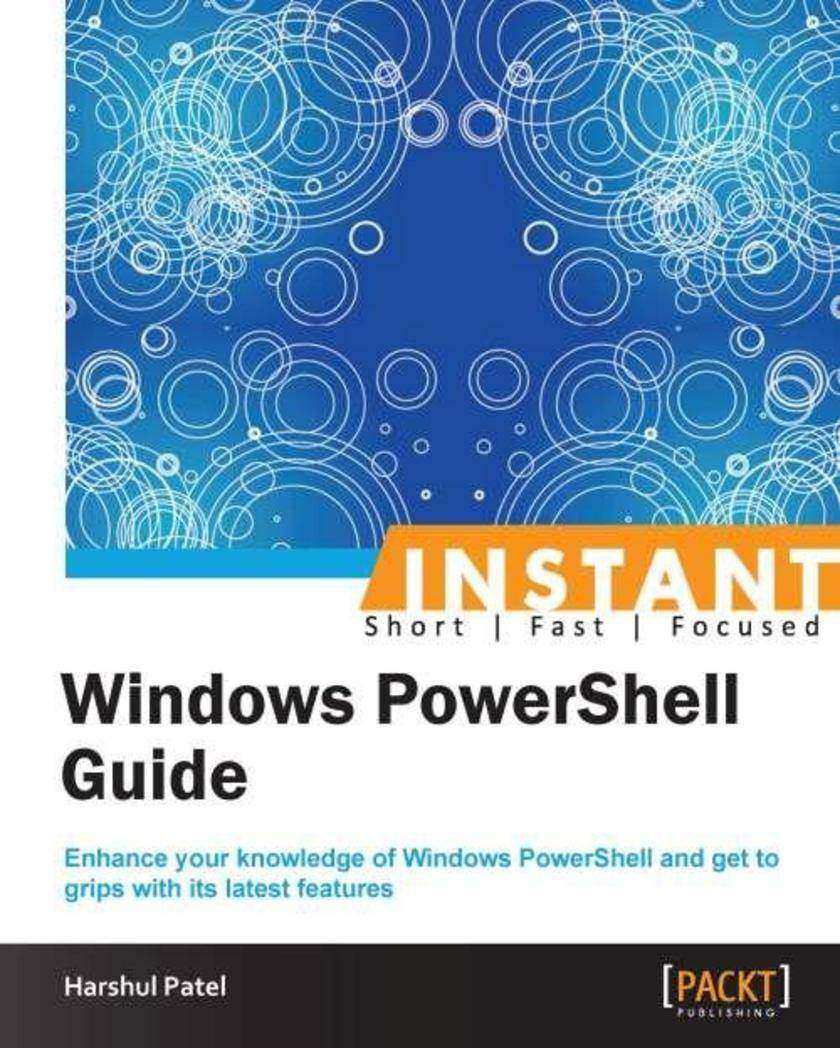
Instant Windows PowerShell Functions
¥45.77
Enhance your knowledge of Windows PowerShell and get to grips with its latest features
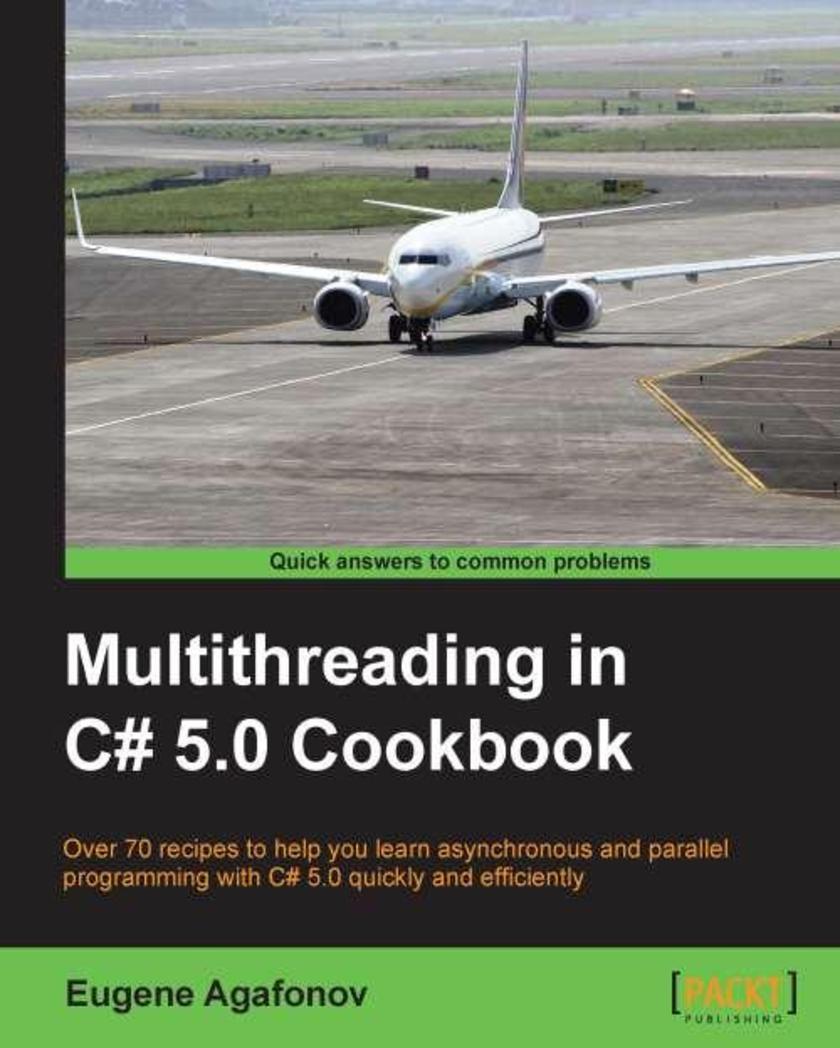
Multithreading in C# 5.0 Cookbook
¥90.46
Cookbook.Multithreading in C# 5.0 Cookbook is written for existing C# developers who want a complete, professional, and authoritative guide to multithreading. You don’t need any experience with multithreaded programming to use this book.
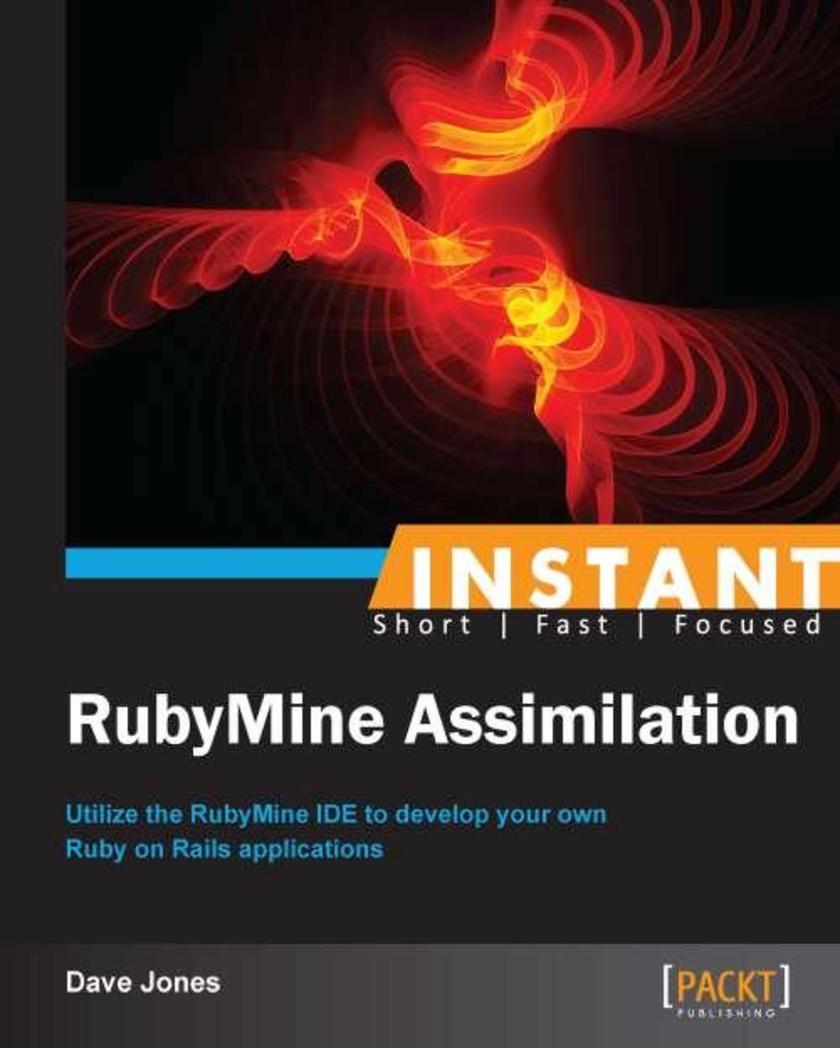
Instant RubyMine
¥45.77
Filled with practical, step-by-step instructions and clear explanations for the most important and useful tasks. Get the job done and learn as you go. A practical guide comprising of easy-to-follow recipes which provide concise and clear steps to help you enter the world of RubyMine.Instant RubyMine is ideal for you, if you are new to RubyMine or well acquainted with the technology. All you need is basic knowledge of writing in Ruby or Ruby on Rails.
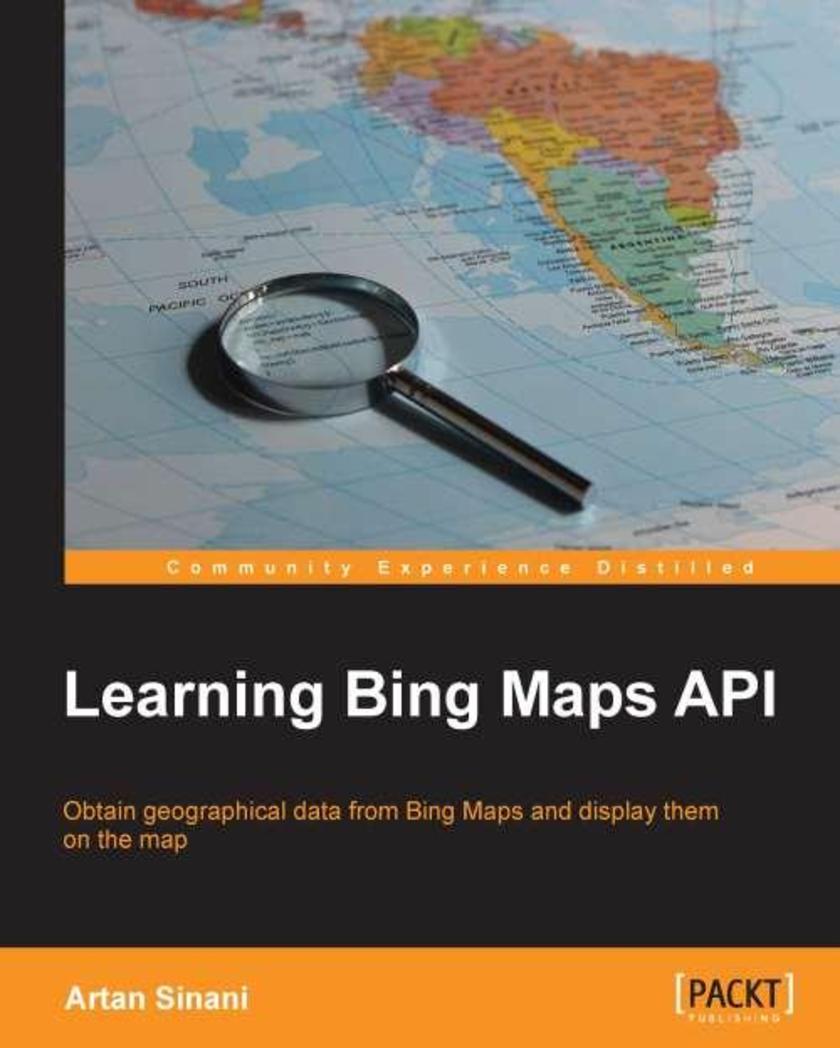
Learning Bing Maps API
¥63.21
This is a practical, hands-on guide with illustrative examples, which will help you explore the vast universe of Bing maps.If you are a developer who wants to learn how to exploit the numerous features of Bing Maps then this book is ideal for you. It can also be useful for more experienced developers who wish to explore other areas of the APIs. It is assumed that you have some knowledge of JavaScript, HTML, and CSS. For some chapters a working knowledge of .Net and Visual Studio is also needed.
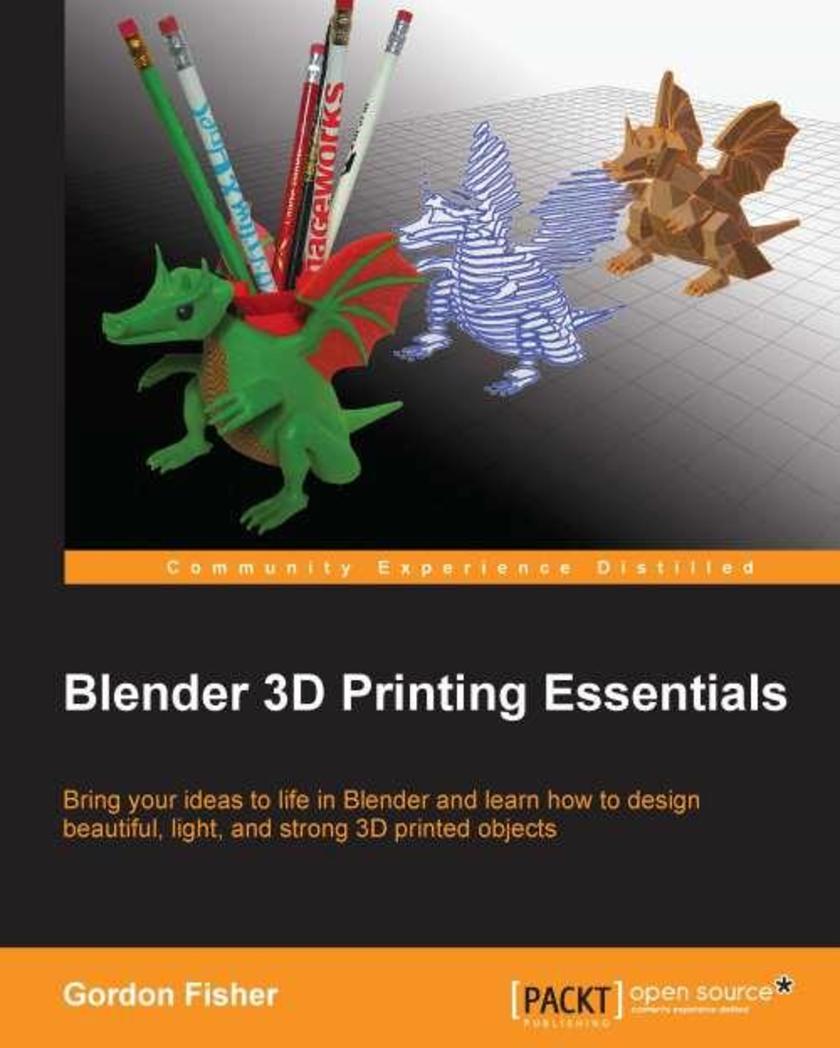
Blender 3D Printing Essentials
¥63.21
This book adopts a practical approach, with the use of step-by-step instructions to help guide readers. There are lots of screenshots covering each and every step needed to design a high-quality model in Blender for 3D printing.If you are a Blender user or someone who wants to use Blender to make 3D objects suitable for 3D printing, this book is ideal for you. You should already be comfortable with basic modeling in Blender - including using modifiers - although advanced skills are not required. All of the models that you will need are explored in-depth. This book does not assume that you will use any specific printer and teaches the general principles common to building models for most printers. It also gives you tips on discovering the requirements of the specific printer you will be using.
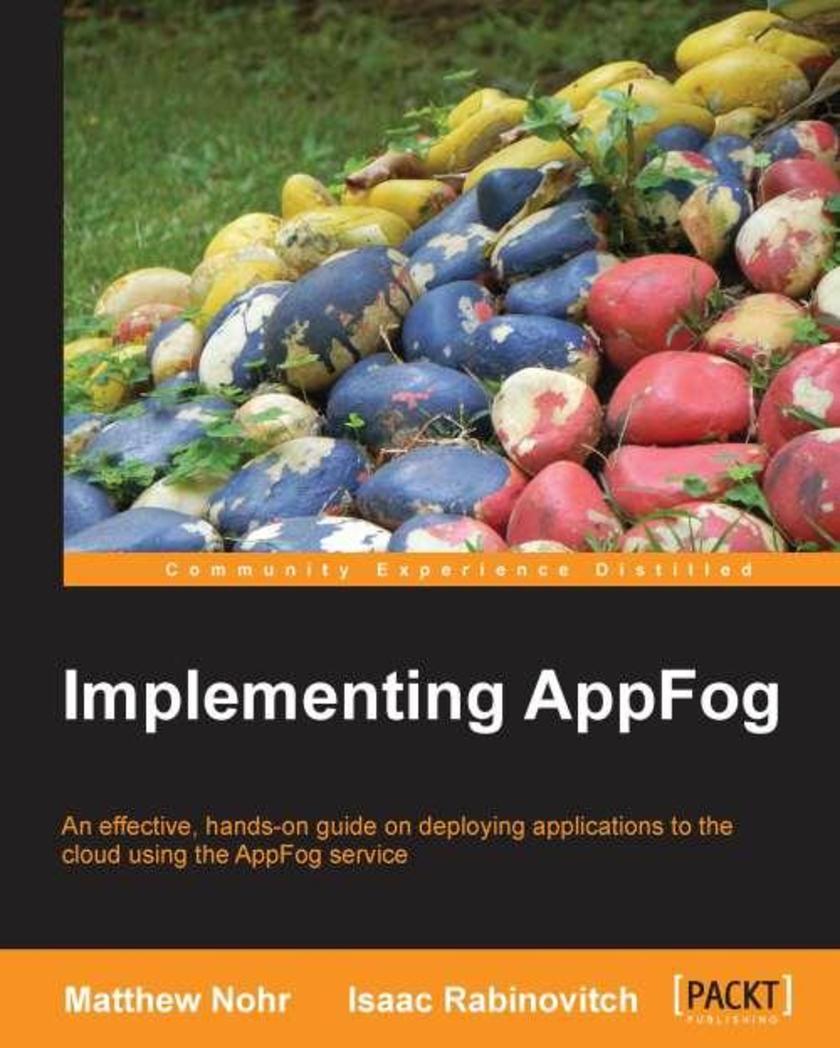
Implementing AppFog
¥54.49
This book is a practical, hands-on guide to implementing and deploying apps on the AppFog platform.Implementing AppFog is for developers who want to be able to upload applications to the cloud, and for implementation specialists, who implement and deploy apps on the AppFog platform. It is best to have Ruby installed, but we will walk you through the installation process if you do not already have it. It would be ideal to have some knowledge of cloud computing and know about the basics of database and network deployment.
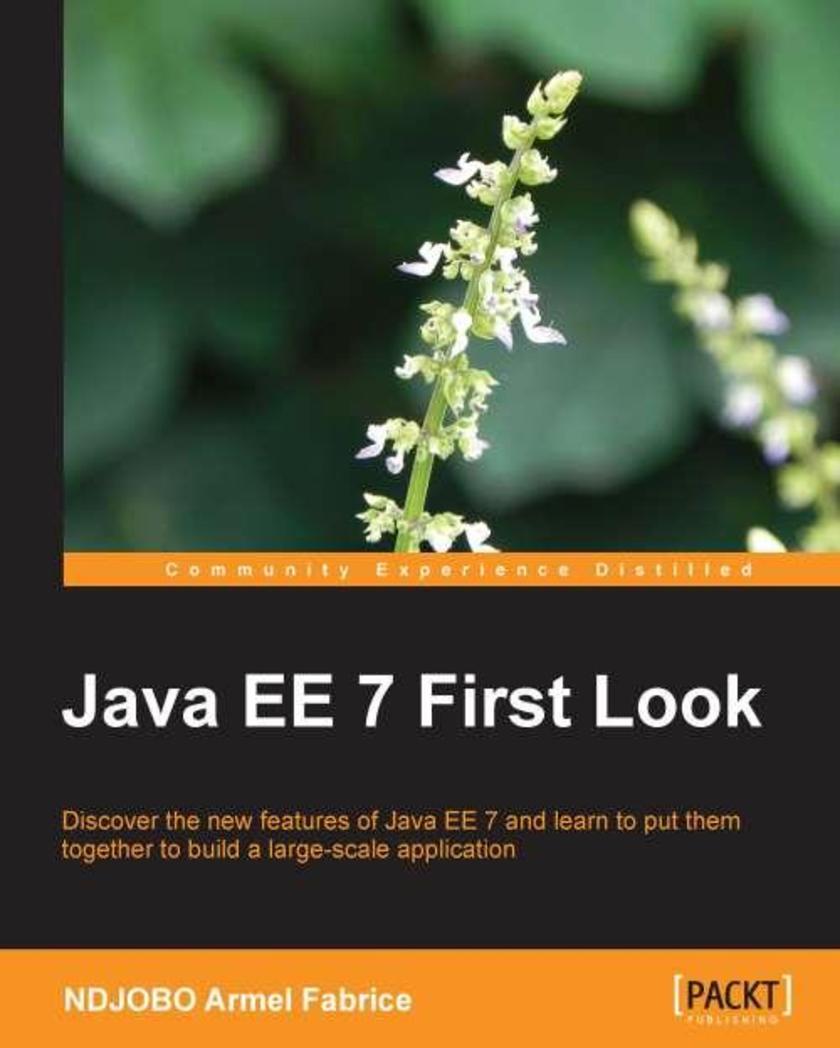
Java EE 7 First Look
¥71.93
An easy-to-follow guide to reveal the new features of Java EE 7 and how to efficiently utilize them.Given the main objectives pursued, this book targets three groups of people with a knowledge of the Java language. They are:Beginners in the Java EE platform who would like to have an idea about the main specifications of Java EE 7.Developers who have experimented with previous versions of Java EE and who would like to explore the new features of Java EE 7.Building architects who want to learn how to put together the various Java EE 7 specifications for building robust and secure enterprise applications
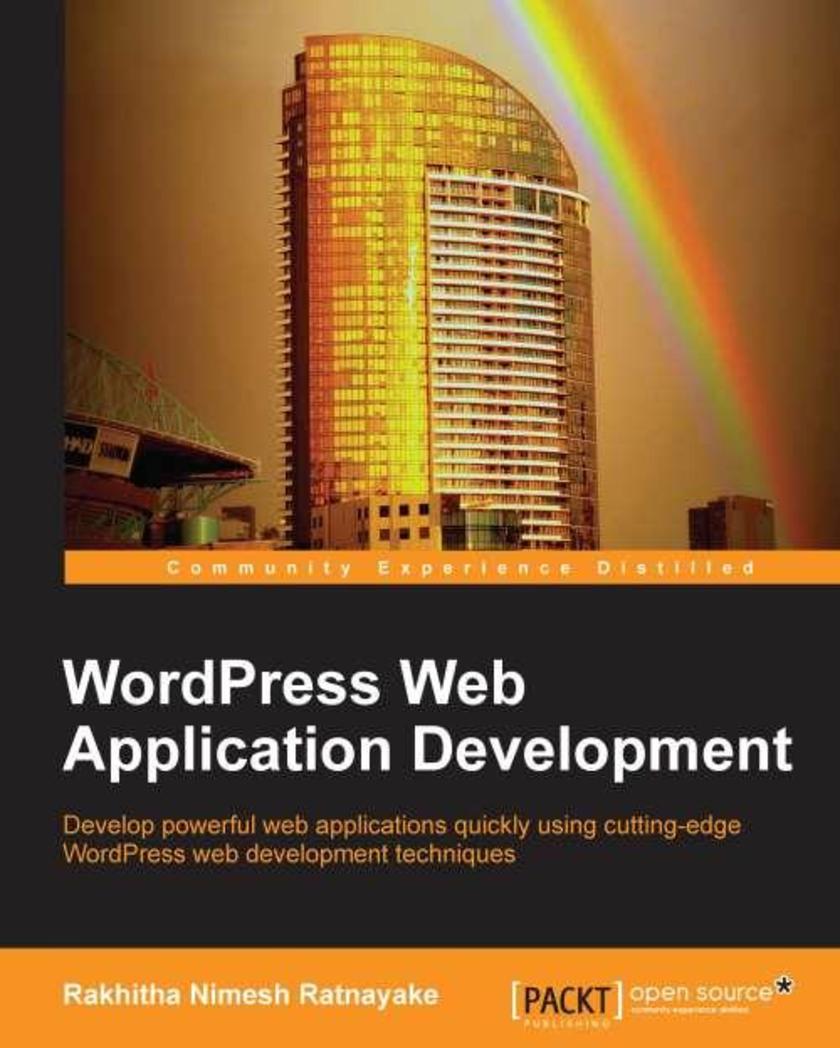
WordPress Web Application Development
¥80.65
An extensive, practical guide that explains how to adapt WordPress features, both conventional and trending, for web applications.This book is intended for WordPress developers and designers who have the desire to go beyond conventional website development to develop quality web applications within a limited time frame and for maximum profit. Experienced web developers who are looking for a framework for rapid application development will also find this to be a useful resource. Prior knowledge with of WordPress is preferable as the main focus will be on explaining methods for adapting WordPress techniques for web application development rather than explaining basic skills with WordPress.
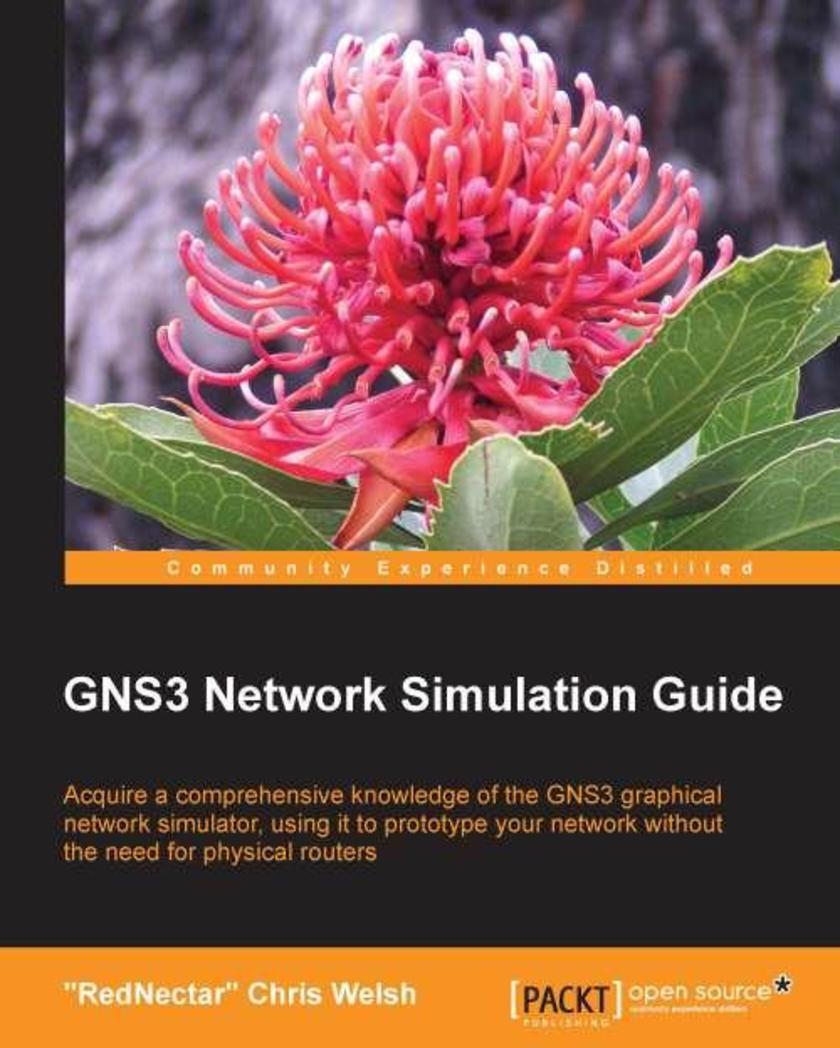
GNS3 Network Simulation Guide
¥59.94
GNS3 Network Simulation Guide is an easy-to-follow yet comprehensive guide which is written in a tutorial format helping you grasp all the things you need for accomplishing your certification or simulation goal. If you are a networking professional who wants to learn how to simulate networks using GNS3, this book is ideal for you. The introductory examples within the book only require minimal networking knowledge, but as the book progresses onto more advanced topics, users will require knowledge of TCP/IP and routing.
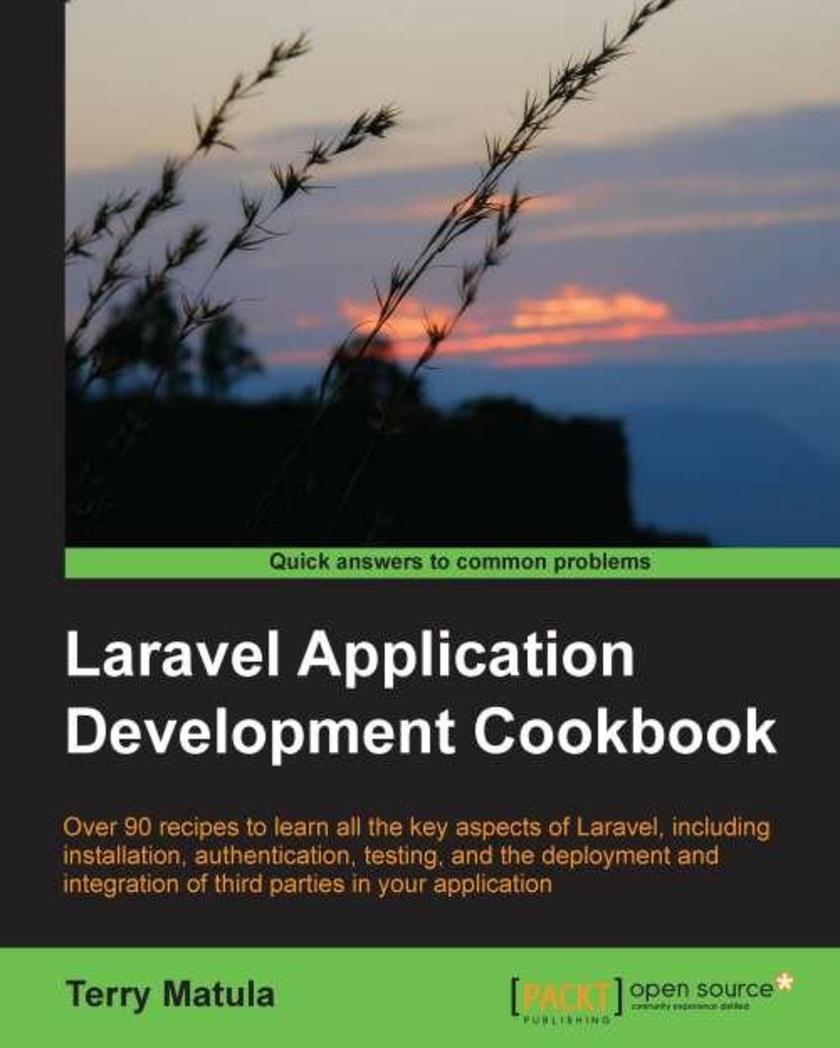
Laravel Application Development Cookbook
¥80.65
Get to grips with a new technology, understand what it is and what it can do for you, and then get to work with the most important features and tasks.A short and precise guide to get you started with EaselJS , helping you to create some cool applications and games.EaselJS greatly simplifies application development in HTML5 Canvas using a syntax and an architecture very similar to the ActionScript 3.0 language. As a result, Flash / Flex developers will immediately feel at home but it’s very easy to learn even if you've never opened Flash in your life. The book targets Web designers, animators, Digital content producers, and Flash and Flex developers.
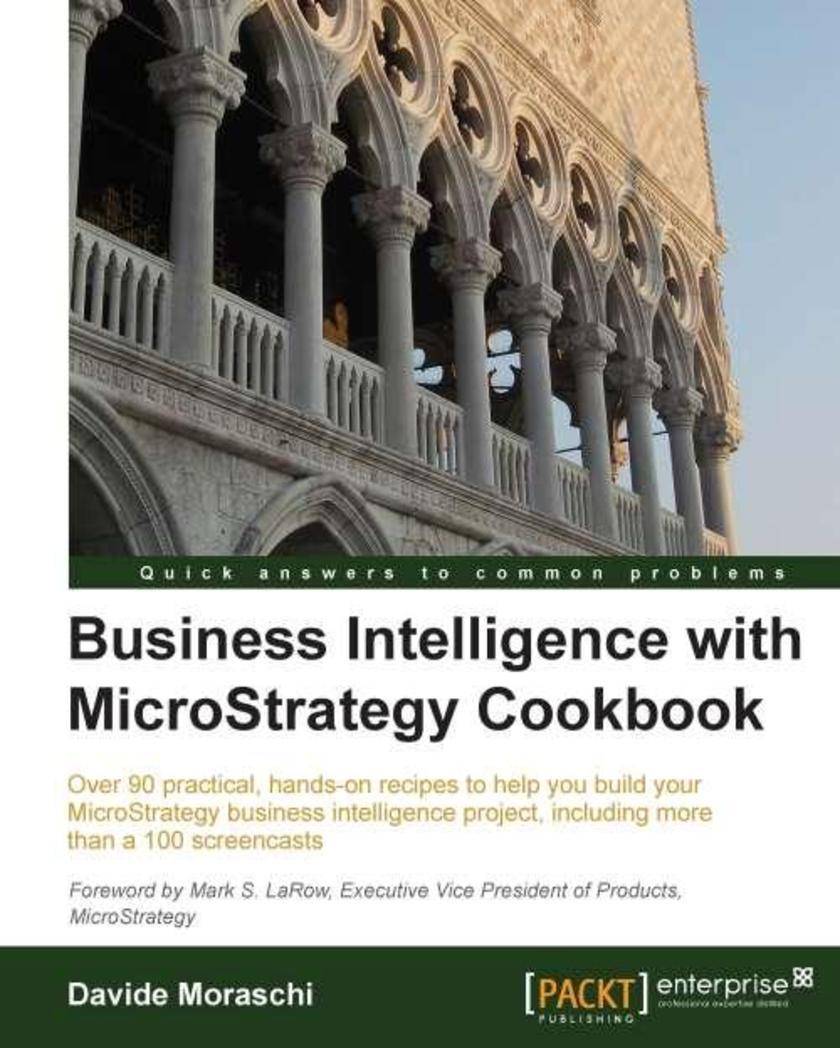
Business Intelligence with MicroStrategy Cookbook
¥99.18
Written in a cookbook style, this book will teach you through the use of recipes with examples and illustrations. Each recipe contains step-by-step instructions about everything necessary to execute a particular task.This book is intended for both BI and database developers who want to expand their knowledge of MicroStrategy. It is also useful for advanced data analysts who are evaluating different technologies. You do not need to be an SQL master to read this book, yet knowledge of some concepts like foreign keys and many-to-many relationships is assumed. Some knowledge of basic concepts such as dimensional modeling (fact tables, dimensions) will also help your comprehension of this book. No previous MicroStrategy knowledge is needed.
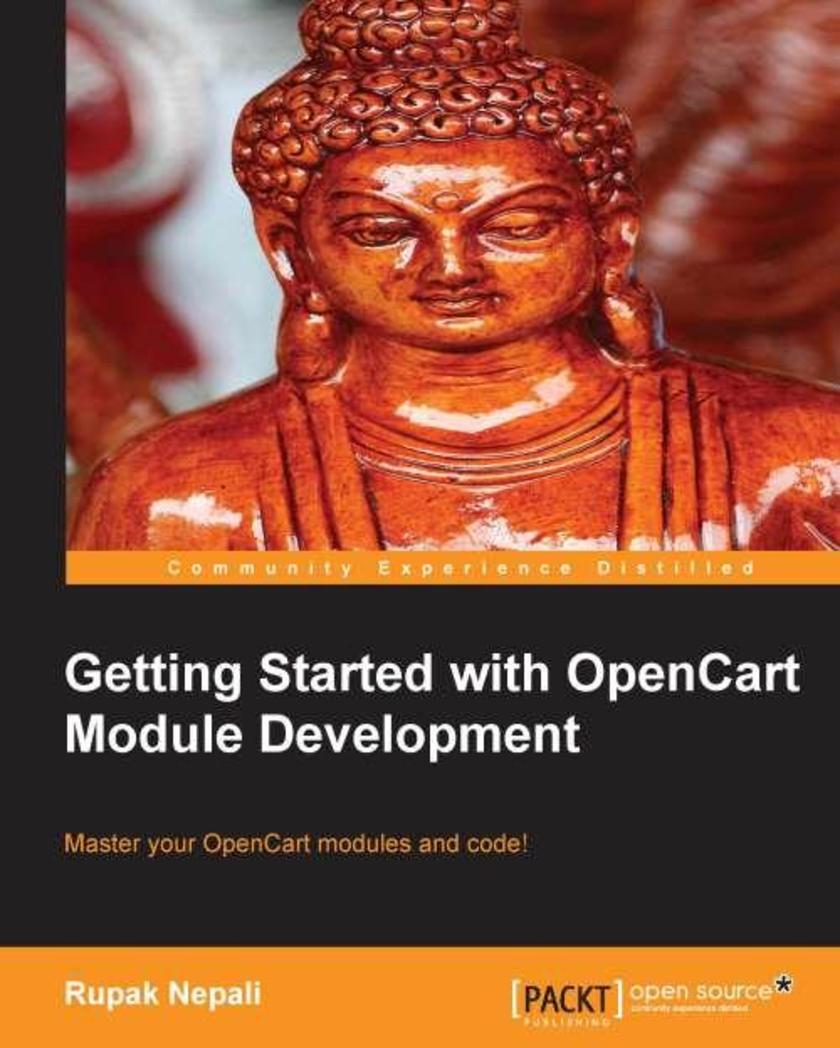
Getting Started with OpenCart Module Development
¥63.21
Written as a step-by-step guide, Getting Started with OpenCart Module Development will teach you all you need to know about OpenCart, from custom extensions to module development.This book is for developers who want to develop OpenCart extensions and for those who want to learn more about the code workflow of OpenCart. Basic knowledge of OpenCart would be an added advantage.
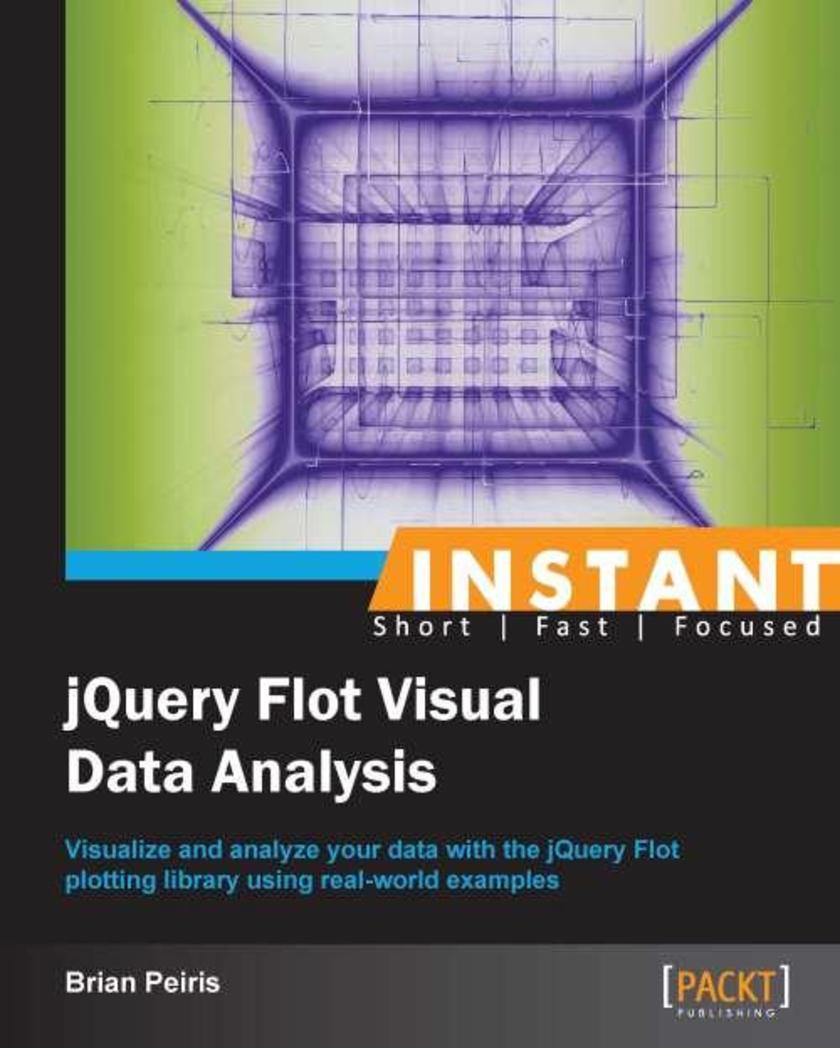
Instant JQuery Flot Visual Data Analysis
¥41.41
Filled with practical, step-by-step instructions and clear explanations for the most important and useful tasks. A quick, instruction-based guide full of examples that details on the various aspects of Flot and how users can apply it to data groups for interactive data representation techniques.If you are a data visualization developer, mapping and presentation software developer, or anyone with an interest in jQuery visualization, this book is ideal for you. If you have a working knowledge of jQuery and JavaScript, you can use this book to add sophisticated visualizations to your web application so that your users can easily understand data that is crucial to them.
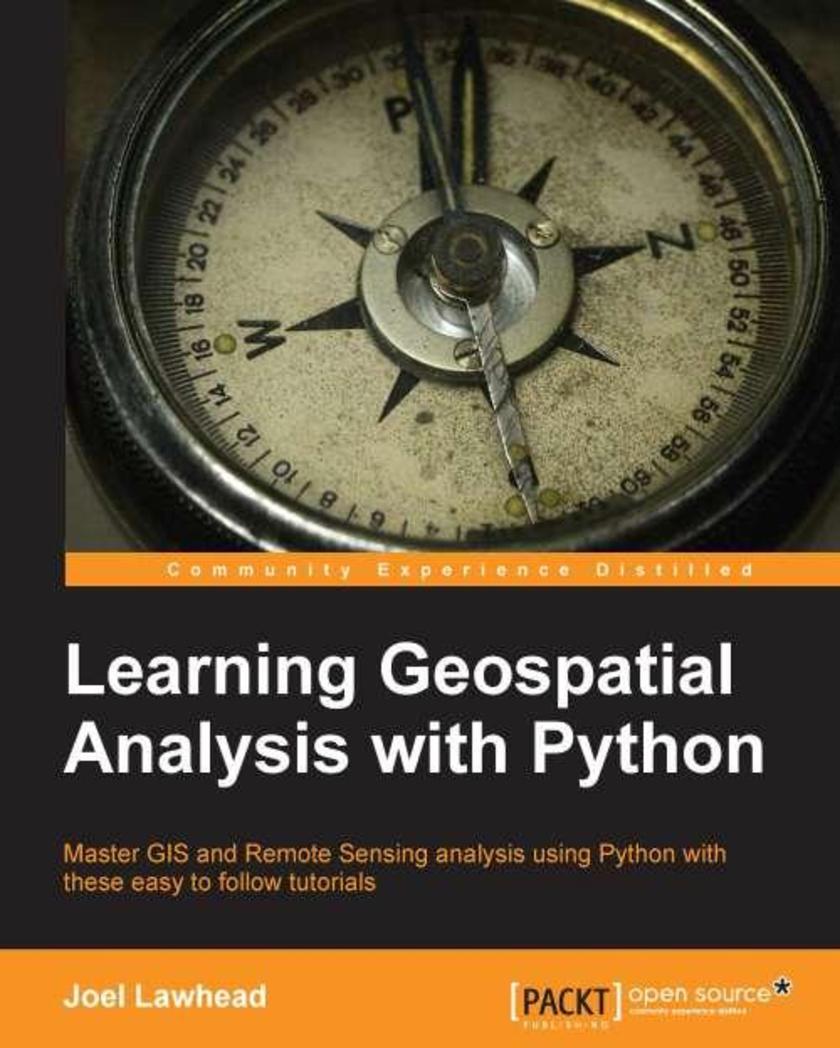
Learning Geospatial Analysis with Python
¥90.46
This is a tutorial-style book that helps you to perform Geospatial and GIS analysis with Python and its tools/libraries. This book will first introduce various Python-related tools/packages in the initial chapters before moving towards practical usage, examples, and implementation in specialized kinds of Geospatial data analysis.This book is for anyone who wants to understand digital mapping and analysis and who uses Python or another *ing language for automation or crunching data manually.This book primarily targets Python developers, researchers, and analysts who want to perform Geospatial, modeling, and GIS analysis with Python.
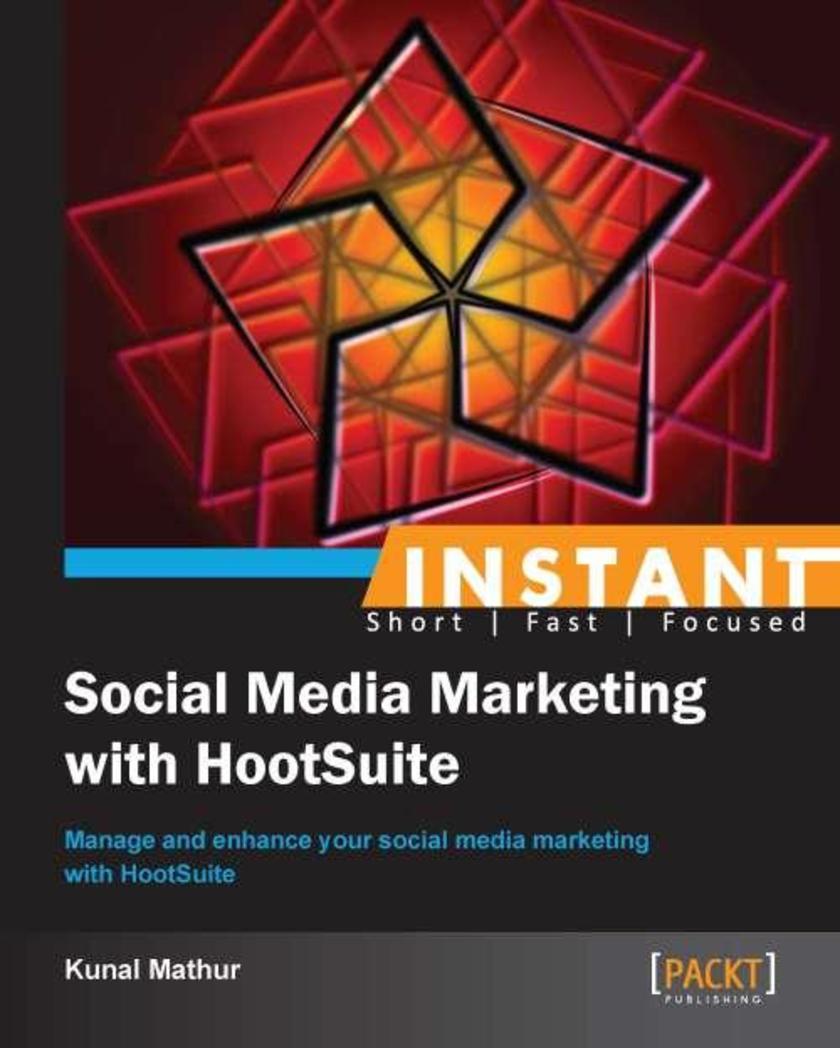
Instant Social Media Marketing with HootSuite
¥45.77
Filled with practical, step-by-step instructions and clear explanations for the most important and useful tasks. A step-by-step, short and fast-paced tutorial, packed with powerful recipes that will teach you how to enhance your social networks with HootSuite.If you are a marketer who is new to social media marketing and are looking to manage and track multiple social media profiles such as LinkedIn, Twitter, and Facebook, then this book is ideal for you. Familiarity with social media networks and tools are expected.
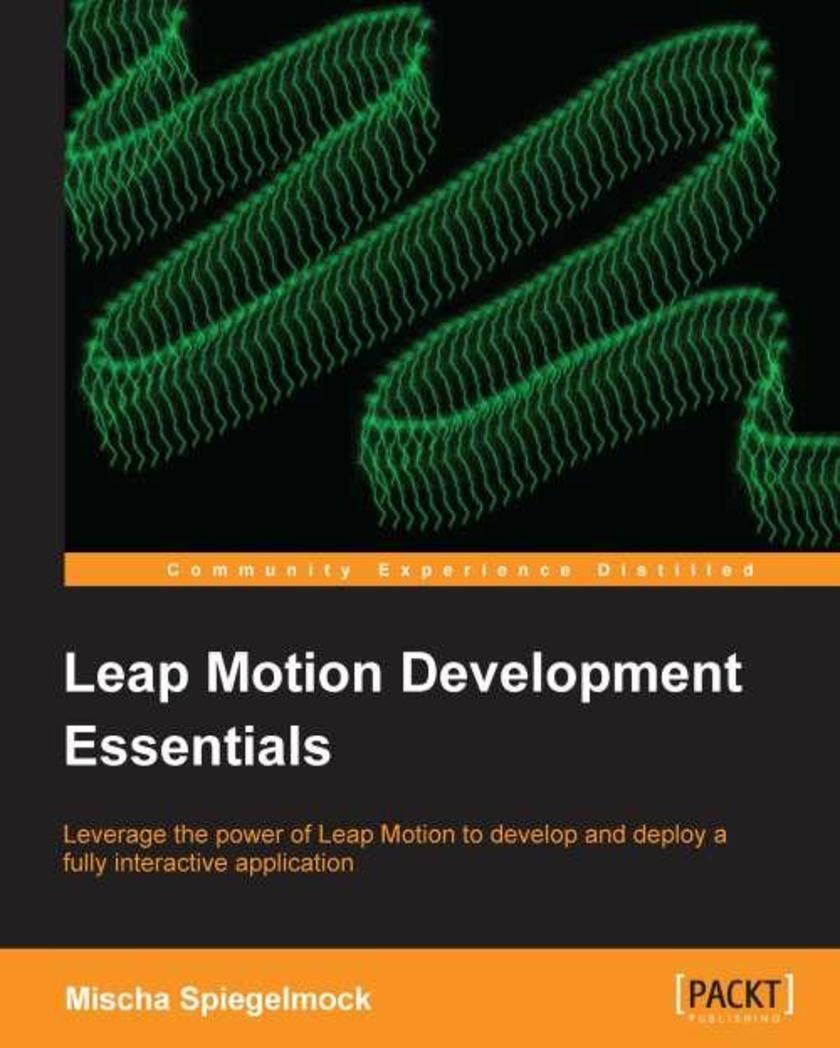
Leap Motion Development Essentials
¥63.21
This book is a fast-paced guide with practical examples that aims to help you understand and master the Leap Motion SDK.This book is for developers who are either involved in game development or who are looking to utilize Leap Motion technology in order to create brand new user interaction experiences to distinguish their products from the mass market. You should be comfortable with high-level languages and object-oriented development concepts in order to get the most out of this book.
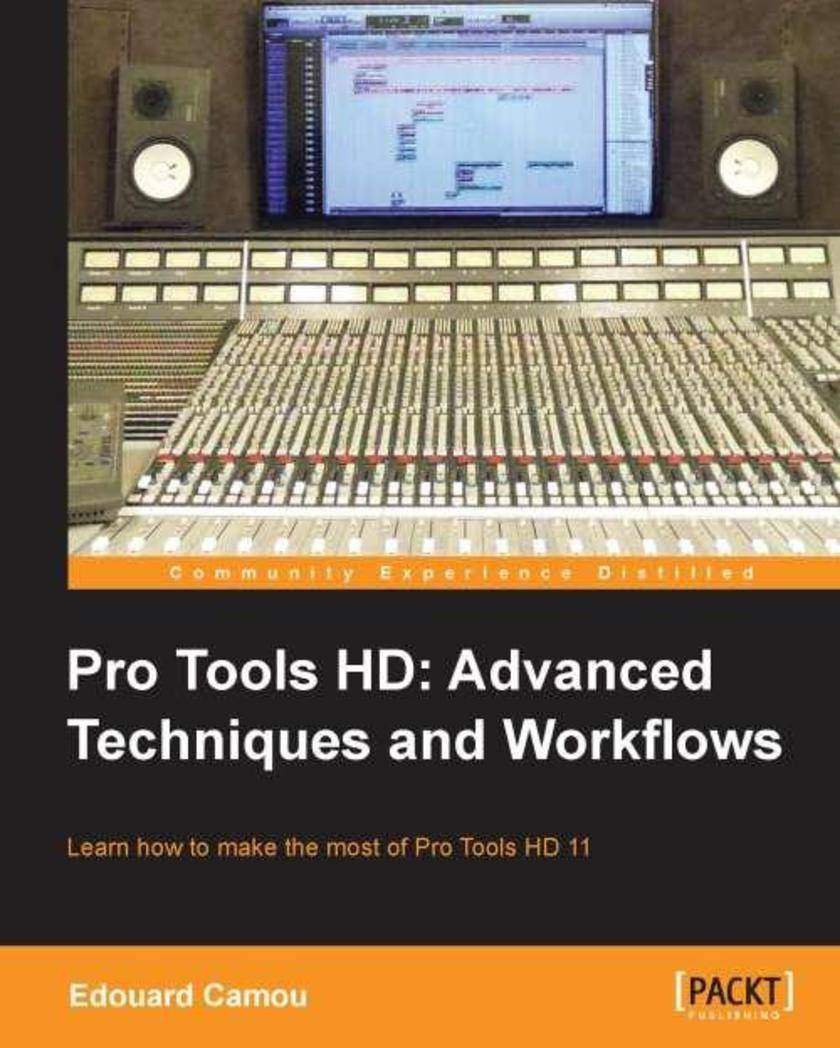
Pro Tools HD 11
¥54.49
An easy-to-follow guide for using Pro Tools HD 11 effectively.This book is ideal for anyone who already uses ProTools and wants to learn more, or is new to Pro Tools HD and wants to use it effectively in their own audio workstations.




 购物车
购物车 个人中心
个人中心



